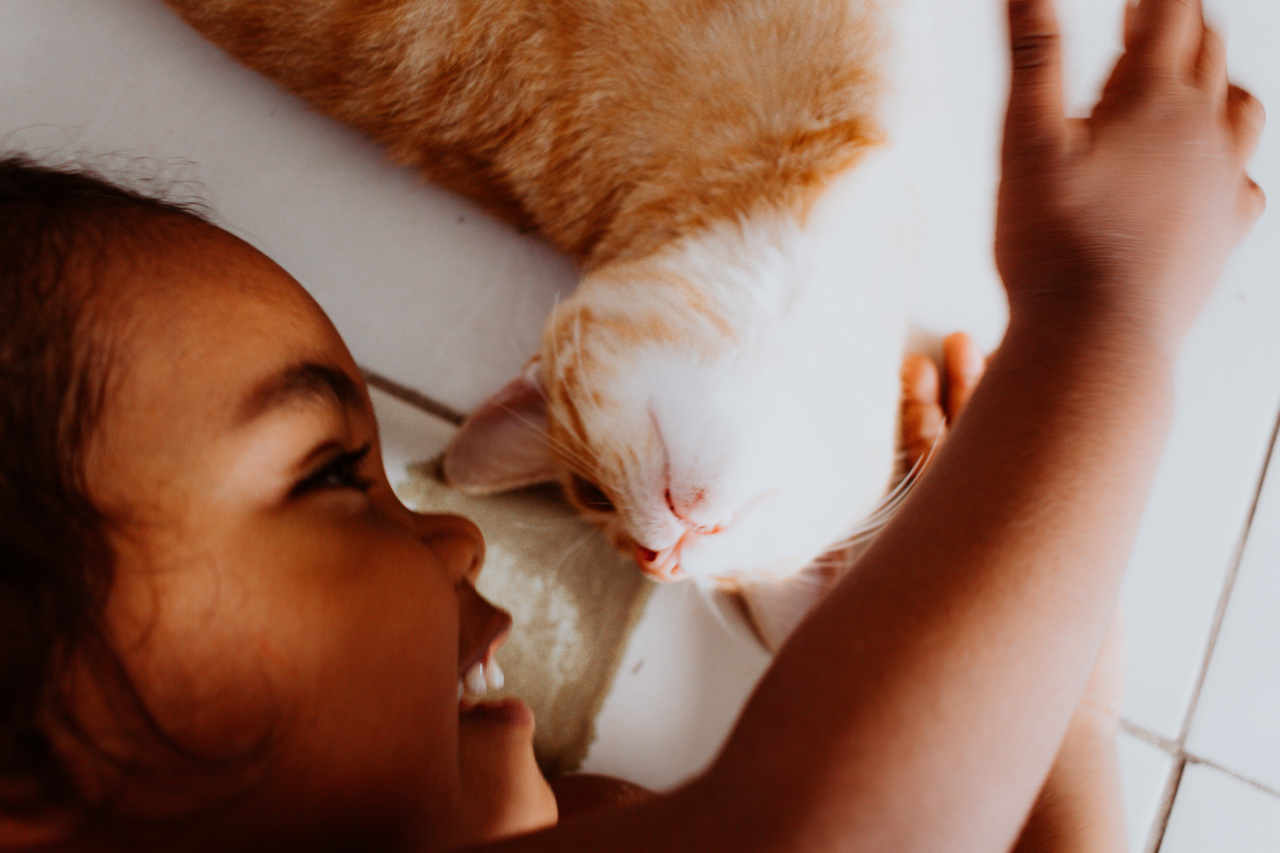It is natural for children to tell lies and seek attention from their parents from time to time. However, it is also important for parents to recognize when their children are telling the truth or not.
Deceit in children is not always a sign of a serious problem, but it is vital to identify deceit and teach children about the negative consequences of lying. In this post, we will discuss some of the signs of deceit in children.
1. Inconsistencies in their stories
One of the most common signs of deceit in children is inconsistencies in their stories. Children who tell lies often lose track of the details in their stories and end up contradicting themselves.
For example, a child may say they were playing outside with their friends, but when asked who their friends were or what they were playing, they may change their story to avoid getting caught in a lie. Be alert if you notice that your child’s story keeps changing or if there are inconsistencies in their account.
2. Fidgeting or avoiding eye contact
When a child lies, they may become physically uncomfortable and fidgety or avoid eye contact with the person they are lying to.
If you notice your child behaves uncomfortably while answering your questions and avoids looking at you in the eyes, this could be a sign that they are not telling the truth.
3. Unwillingness to talk or share information
Children who are deceitful would often avoid giving straightforward answers to your questions. They may try to change the subject or remain silent, particularly if they have something to hide.
If your child is unwilling to share information with you, despite your efforts to communicate with them, it may indicate that they are lying to you.
4. Strange mood or behavior
Children may exhibit strange behavior when they lie, such as laughing, crying, or becoming defensive. These extreme emotional reactions could be a sign that they are trying to cover up a lie.
For instance, a child may laugh nervously when confronted about a lie or become overly defensive when questioned. If you observe such strange behavior from your child, it’s worth investigating further.
5. Misplaced items or inconsistencies in appearance
When children lie, they may misplace items around the house or leave evidence of their deceit in their appearance. For example, they may forget to wear a particular item or miss putting things back in their proper place.
If you notice such inconsistencies, it can signify that your child is withholding information from you or is hiding something from you.
6. Exaggerated stories or claims
Deceitful children often make exaggerated stories or claims to gain attention or impress their peers. These stories are often false and lack credibility. Be cautious if your child makes outlandish claims that cannot be substantiated.
It may be an indication that they are lying or fabricating stories to get attention.
7. Lack of remorse or genuine apology
Children who lie regularly often lack remorse for their actions and may not apologize genuinely when confronted with their wrongdoing.
If you notice that your child shrugs off their behavior or does not show remorse for their actions, it may be time to investigate and address the issue.
8. Inappropriate language
Children tend to use inappropriate language when they are lying or fabricating stories. They may make unnecessary remarks or use adult language trying to appear more mature or believable.
Be vigilant for such language habits and investigate further if necessary.
9. Repeating questions before answering
Children who are not telling the truth often repeat questions before answering to buy themselves more time to come with an answer. This is a common indication of deceit among children.
If you notice that your child repeatedly asks questions before answering, then it’s worth digging deeper to find out if they are lying or not.
10. History of lying
Finally, if your child has a history of deceit and has been caught lying in the past, then it’s essential to be more vigilant. Children who lie frequently do so for attention, fear, or other reasons.
As a parent, it’s important to address the issue and develop a plan to counter them.
In conclusion
Deceit in children is not something to take lightly. Observing the signs of deceit and addressing them promptly can help encourage healthy communication and trust within families.
Parents need to teach their children about the negative consequences of lying and build an environment of honesty and open communication.






























